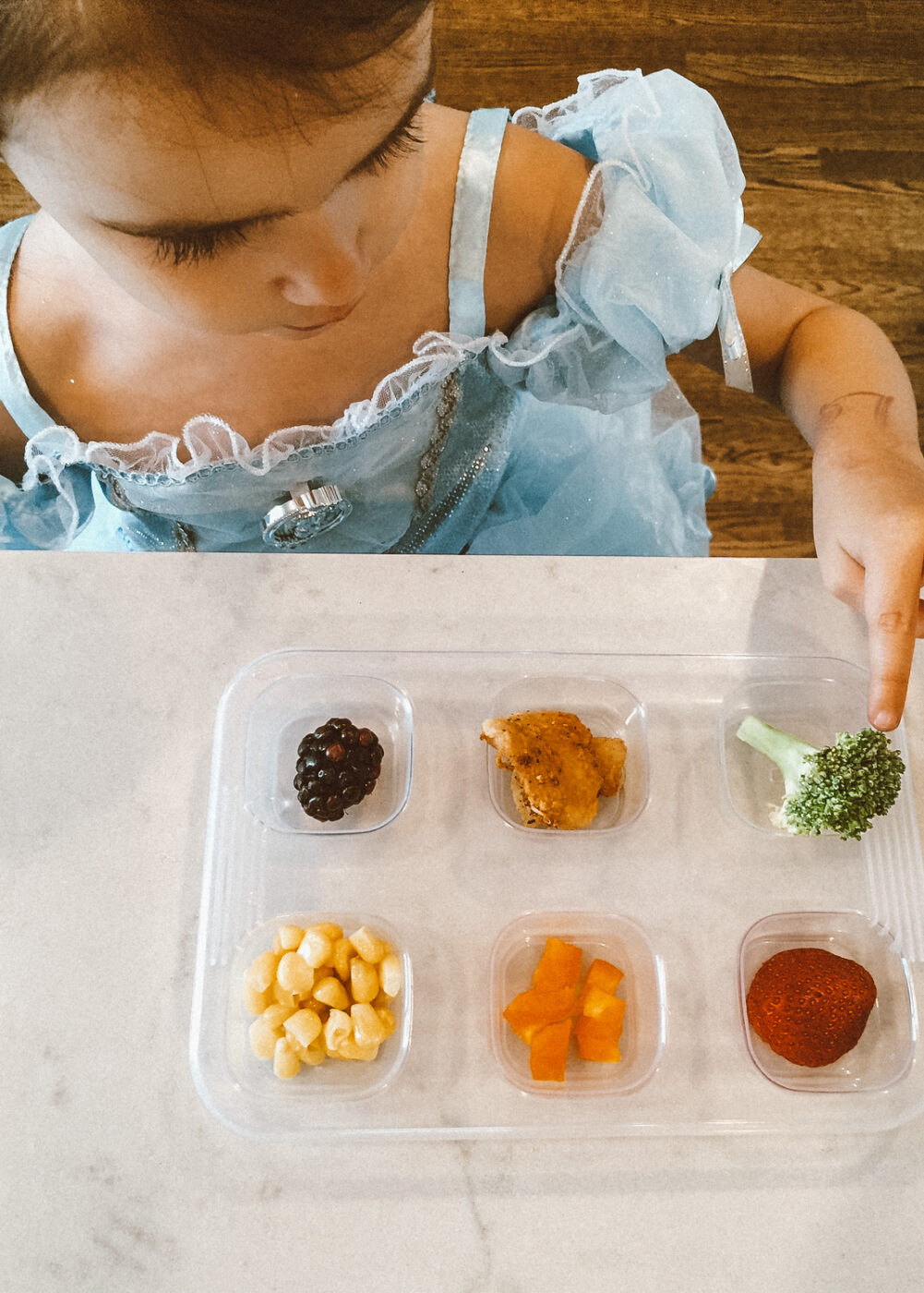What Happens When A Child Is Overtired?
5 Strategies for the Picky Eater
One of the topics parents come to me about most is to discuss their picky eater. Understandably, our kids selective eating causes charged emotions backed by the best of intentions. You’re likely tired of being a short-order cook. Like most parents, you are simply ready for family dinners to come without drama. In addition, you strive to ensure your child is getting all the rich nutrients they need, but sometimes, it seems so complicated.
While I can’t promise your child will suddenly start eating all the foods you wish they would, I can provide you with a few tools that will allow you to make strides in this area. Try implementing some of these five tips to alleviate the drama, ease your worries, and lead to a more peaceful mealtime.
Rule #1
You – the caregiver – decide what is offered, when it is offered, and where it is eaten.
This can be a really easy one to understand in theory. On the other hand, it is hard to implement when you’re sitting at the table. In the most simple terms, it means you decide what goes on your kid’s plate — but you do NOT decide what goes in his or her mouth. With that said, there are a few things that will make this more successful for you.

First, you need to make sure that among the foods you’re putting on your children’s plates, there is at least one food you know they each like. If you know your child is a picky eater, the intentional removal of stress for children receiving a plate filled with unfamiliar foods they have never seen or have already decided they dislike, is a powerful tool.
Second, while variety is a great way to expose your children to new and different foods, you need to take reasonable portion sizes into account. Toddler portions can be quite small, which is okay. A single green bean, a tablespoon of rice, etc. are adequate samplings to try. Thus, if you’re hoping to introduce something new, you will notice the most success with a single bit-sized piece versus a huge serving.
Rule #2
The eater – your child- picks what to eat (among the offered foods) and how much of to eat.
Trust your children. When little ones are unsure about what is in front of them, eating can feel quite scary. Combining the insecure feeling with intense pressure from parents to eat can lead to overwhelm. Therefore, let your picky eater, pick! Give your child some control by letting them choose which of the offered foods to eat or in what order to eat them. Allow your children to decide how much of the food they are going to eat.
There are two helpful caveats to this conversation about the value of choice that tie Rule #1 and Rule #2 together:
1.) Children do NOT get options outside of what is served.
2.) Meal time is the time when food is eaten.
Rule #3
See the value in not even one bite.
It’s true! Getting your child to start eating new foods will likely start with him or her not being willing to even take a first bite! Children need exposure up to 20+ times to be willing to eat a single new food. It would be unfair to label a child a “picky eater” without adequate time with new foods. In order to make a connection in their brains and develop tastes in their palette to like foods, repeated opportunities are essential. What does this mean? Well, it means a lot of food goes on the plates and comes right back to you untouched.
To begin, the process typically starts with protesting the very sight of the new food. Then, slowly, the child’s reaction evolves into acceptance, at least with accepting that it is on the plate. With more exposure, just touching, bringing a food to their lips, smelling, or playing with it (within reason) is another step in deciding to try it. Therefore, allow time for this reasonable exploration.
Through this process, set the expectation for yourself that the food may not be eaten or touched. Remember, while you can talk about the food and participate in playful discussion about why your child might like it, it’s not constructive to pressure your child into eating it. In fact, increasing pressure will likely set you back.
Rule #4
Be a Role Model.
As I just mentioned, exposure is the number one way that our picky eaters start becoming more willing to try new foods. However, do not expect your children to eat foods that you do not eat regularly. A child’s surroundings and what you model for them makes a massive impact! If they see it on your plate and in your mouth, they are much more likely to try it themselves. Do not underestimate your power as a role model. Make it a priority to sit down together for at least one meal a day, and share at least one of the same foods on everyone’s plates.
Rule #5
Recognize every victory.

Kids LOVE to be celebrated. Make sure you’re celebrating even the small wins! Share a BIG round of applause the first time Timmy keep the peas on his plate without protest. Shout “hooray!” for Katie when she puts the piece of chicken into her mouth for the first time. (By the way, it doesn’t matter if she takes it out.) Children recognize and associate praise, which means they will likely try to repeat a behavior to earn more. Being praised feels good, and acknowledging progress is worth it.
Further, kids also love a good game! As you likely know, children enjoy a sense of control. In fact, you may be aware that young kiddos love to exert their wills. A big hit in our family is for the adults to pretend we are not looking, and then, my kids “sneak” a bite of the food we are sure they won’t eat! Just as positive “peer pressure” can make a difference as we model for them, it is amazing what the absence of an audience can do, too. Give it a shot!
Finally, please trust me when I say I get it. Even a dietitian’s children don’t always eat everything they are offered right away. Picky eating can feel like a really, really tough battle that happens day in and day out. Simply allow me to encourage you to try some of these strategies and see what works for your family.

Kim McDevitt is a Registered Dietitian (RD) with a passion in guiding families on how to make cleaner, better-for-you wellness choices. Specializing in family nutrition, she has worked with both children and adults to help them reach their nutrition goals. When not coaching at an individual level, Kim is working in the Consumer Packaged Goods world. She spends her time supporting the initiatives of many of the brands that you find lining the aisles of your favorite grocery story. Kim has over 10 years of experience working on nutrition strategy and education, content development, and consumer and media relations. Her insights as a nutrition expert and consumer advocate add value to all of her work. She’s a passionate advocate for clean labels and healthier products. For more support and information, click here.


